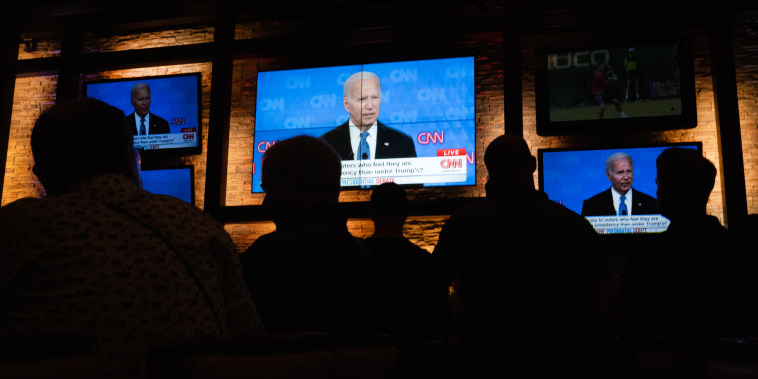The recent presidential debate drew 51.3 million viewers, marking a significant decrease from previous events. The decline in viewership has raised questions about the effectiveness and impact of political debates in engaging the public. While the debate format has long been a staple of political campaigns, its relevance in today’s media landscape is being challenged by shifting viewing habits and evolving communication channels.
One key factor contributing to the decline in viewership is the saturation of political content in the media. With 24-hour news channels, social media platforms, and online news sites providing instant updates and analysis, viewers may feel overwhelmed by the constant barrage of information. As a result, the appeal of watching a lengthy and often contentious debate may wane, especially when viewers can easily access summaries and highlights post-event.
Moreover, the rise of streaming services and on-demand entertainment has changed how people consume content. Viewers are no longer tied to their television sets to watch live events; instead, they have the flexibility to catch up on debates at their convenience or rely on curated clips shared on social media. This shift in viewing behavior poses a challenge for traditional broadcast networks that rely on live events for ratings and advertising revenue.
Another factor that may have contributed to the decline in viewership is the polarized nature of today’s political climate. Many viewers have already made up their minds about the candidates, and debates may not sway their opinions. Furthermore, the confrontational style of modern debates, marked by personal attacks and heated exchanges, can be a turnoff for viewers seeking civil and substantive discussions of policy issues.
In light of these challenges, political campaigns and media organizations may need to rethink the format and purpose of debates to better engage the public. One approach could be to focus on more in-depth policy discussions and less on theatrical exchanges. Providing viewers with meaningful insights into candidates’ positions and plans for governance could help increase interest and participation in debates.
Additionally, leveraging new technologies and interactive formats could make debates more interactive and engaging for viewers. Incorporating real-time viewer feedback, interactive polls, and audience questions could enhance the viewing experience and encourage greater participation from a wider audience.
In conclusion, the decline in viewership of the recent presidential debate reflects broader trends in media consumption, political polarization, and changing audience preferences. To remain relevant and impactful, political debates may need to evolve to better meet the needs and expectations of today’s viewers. By focusing on substantive discussions, embracing new technologies, and adapting to changing viewing habits, debates can continue to play a vital role in informing and engaging the public in the democratic process.
